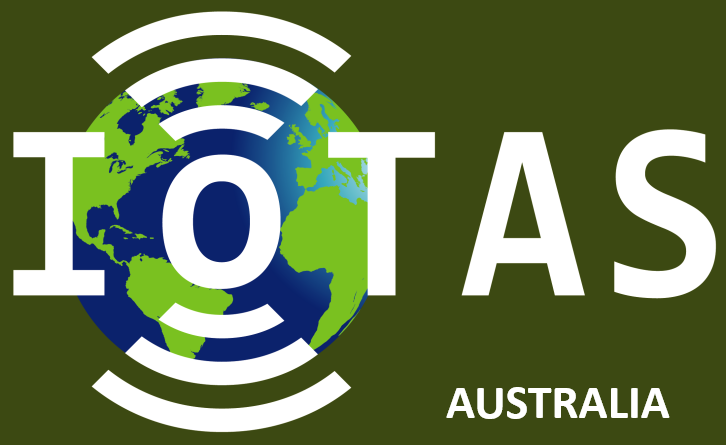Device Certification
IoTAS’s wireless device certification program encompasses a range of tests to verify performance and compliance, helping manufacturers, chipset providers, and OEMs bring high-quality, network-ready devices to market. This program includes both controlled lab testing and real-world field testing, covering the following essential areas:
1. Data Throughput Testing
- Purpose: Ensures the device meets peak data transfer rates for both upload and download in various network conditions.
- Scope: Our data throughput testing simulates network environments with varying levels of traffic and signal strength. By assessing peak data speeds, latency, and packet loss, we validate the device’s capability to deliver a smooth data experience.
- Outcome: Devices certified by IoTAS are proven to support high-speed data connections, a key requirement for user satisfaction in data-intensive applications.
2. Mobility Testing
- Purpose: Verifies the device’s ability to maintain consistent network connectivity as it moves across different cell areas.
- Scope: We test the device’s handover capabilities as it transitions between cell sites, including intra-frequency and inter-frequency transitions. Our tests ensure that the device can handle mobility scenarios without dropping calls or interrupting data sessions.
- Outcome: Our mobility testing certifies that the device can provide a seamless connectivity experience, even in highly dynamic environments where users move frequently between cells.
3. Edge of Cell Coverage Testing
- Purpose: Ensures reliable performance even in low-signal areas at the edge of cell coverage.
- Scope: IoTAS’s edge-of-cell testing evaluates a device’s ability to maintain voice and data connections in weak signal areas. This testing assesses call continuity, data throughput, and network re-acquisition times, providing valuable insights into how the device performs at network limits.
- Outcome: With our edge-of-cell certification, operators and end-users can trust that devices will remain connected in remote or signal-challenged areas, a crucial factor for rural and suburban networks.
4. Emergency Call Testing
- Purpose: Validates that the device can reliably place emergency calls (e.g., 000 in Australia) in a variety of scenarios, even under challenging network conditions.
- Scope: Our emergency call testing includes network fallback scenarios, roaming situations, and low-signal environments to ensure that devices can connect to emergency services whenever necessary.
- Outcome: Devices certified by IoTAS for emergency calls offer robust, life-critical connectivity, meeting both regulatory and safety standards.
Partnering with Local Operators for Seamless Certification
IoTAS works directly with Australian network operators to ensure that each device aligns with their specific network requirements. By closely collaborating with operators, we understand and implement the latest requirements for connectivity, security, and regulatory compliance. This partnership approach allows IoTAS to deliver end-to-end testing services that reduce time to market and increase device approval rates, benefiting both manufacturers and network operators.
